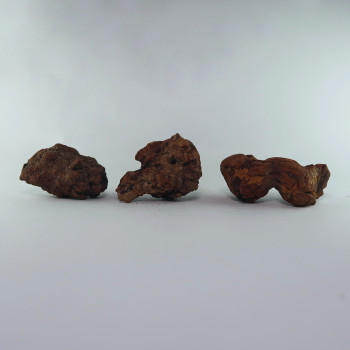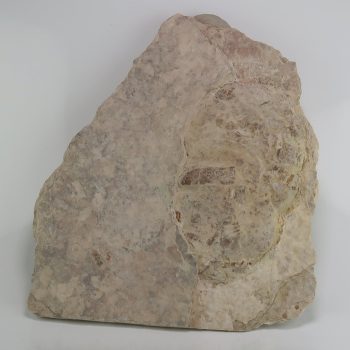Coprolite
The word ‘Coprolite’ refers to fossilised faeces – yup. Poo.
Fossilised poo is an important trace fossil, as they give some evidence to the diet and predatory habits of the creatures we find as fossils.
Showing all 2 results
-

Coprolite Fossils
Price range: £3.00 through £7.50 -

Fish Coprolite fossils
Price range: £3.00 through £5.00
In some cases, people will refer to these materials as dinosaur poo, but this isn’t strictly accurate – they can come from a wide range of species.
In 1972 archaeologists excavating the Viking settlement of Jorvik (York) discovered a human coprolite which is likely the largest specimen of fossilised human faeces ever found.
Coprolites occur worldwide. I actually recently bought a book called “Coprolites of the World”, which features specimens from France, Germany, Morocco, the UK, the USA, Australia, and more.
Coprolites range in size from millimetres to centimetres, the largest known being “Barnum”, measuring around 67.5CM long and believed to be from a T. rex.
Coprolites vary wildly in composition and may contain a range of inclusions, including bones, seeds, teeth, spores, and other fragments of life ‘at the time’. Obviously, these create an important snapshot of both the animal that deposited the coprolite and the subsection of animals and plants living at the same time.
